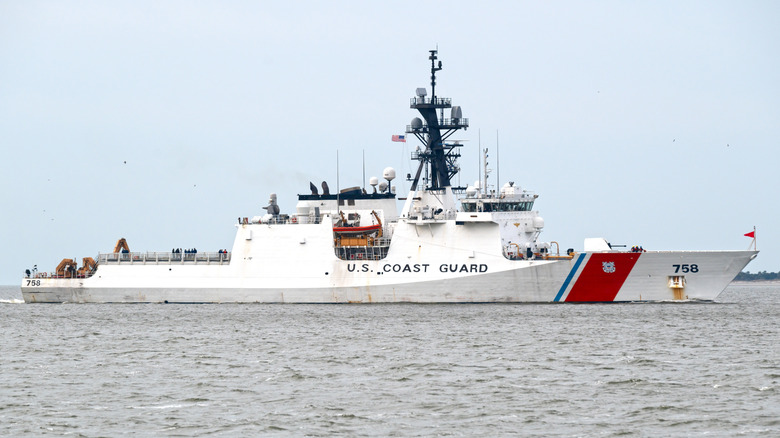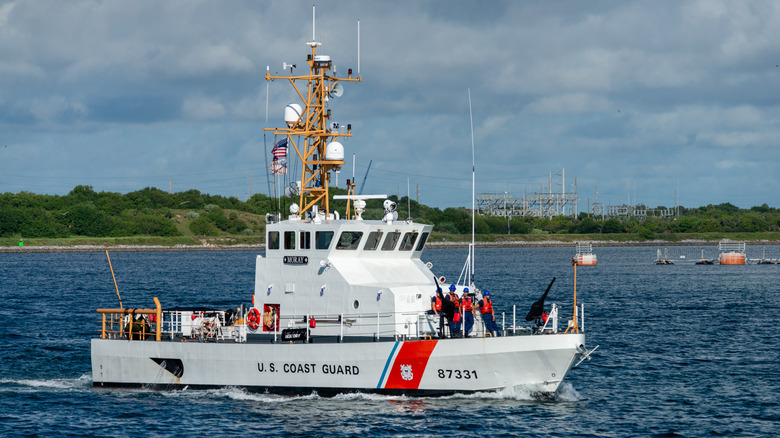Why Are Coast Guard Ships Called Cutters?
The term "cutter" has roots in maritime history, long before the modern Coast Guard even existed. In the 18th century, a cutter was a specific type of small, fast sailing ship, usually with a single mast and fore-and-aft rig that used two head sails. These boats were popular with customs services and smugglers alike. For tax collectors, they offered quick response and sharp handling in coastal waters. For smugglers, the same traits helped them slip away unnoticed. That's also why the U.S. Revenue Cutter Service (the Coast Guard's precursor) started using them in 1790 when it was created to stop smuggling and collect tariffs.
Since then, "cutter" became a catch-all term for any Coast Guard vessel over 65 feet that has a permanently assigned crew and the facilities to support extended operations at sea. It doesn't refer to a ship's design anymore. You could be looking at a massive 418-foot National Security Cutter or a smaller 87-foot patrol boat looking for narco submarines on the open sea — they're both cutters by definition. Today's cutters range from high-endurance ships capable of patrolling the Arctic to medium-range vessels designed for intercepting drug traffickers and migrant rescue.
Types of cutters patrolling the open sea
Coast Guard cutters are versatile vessels designed to perform a wide range of missions, including maintaining aids to navigation (referred to as ATON), law enforcement, search and rescue, and icebreaking. The 225-foot Juniper-class buoy tenders are equipped with dynamic positioning systems for precise operations and light icebreaking. The 210-foot Reliance-class cutters focus on law enforcement and search-and-rescue missions, featuring flight decks but no hangars.
For coastal ATON duties, the 175-foot Keeper-class uses advanced Z-drive propulsion for tight maneuvering. There are three classes of inland construction tenders, ranging from 75 to 160 feet, that operate with barges for pile-driving and buoy work on rivers and lakes. The 140-foot Bay-class tugs specialize in domestic icebreaking, aided by bubbler systems that reduce hull resistance. On major rivers, 75-foot river buoy tenders like the Kankakee- and Gasconade-class push crane-equipped barges to maintain channel markers.
Each cutter class plays a vital role in ensuring maritime safety, security, and efficiency across the United States waters. None of them look like the original cutters, but the name still fits the purpose: fast, flexible ships tasked with protecting coastlines and enforcing maritime law. It's also a nod to the agency's unique role as both a military service and a law enforcement body. Calling its ships "cutters" reflects that blend of military-capable (they even had missiles during the Cold War), but often humanitarian in mission. Today's cutters are far more advanced than the ones in the 1700s, but the core idea hasn't changed. A cutter is a working ship. It's not about size or shape; it's about what the vessel is built to do, and who's on board to do it.

